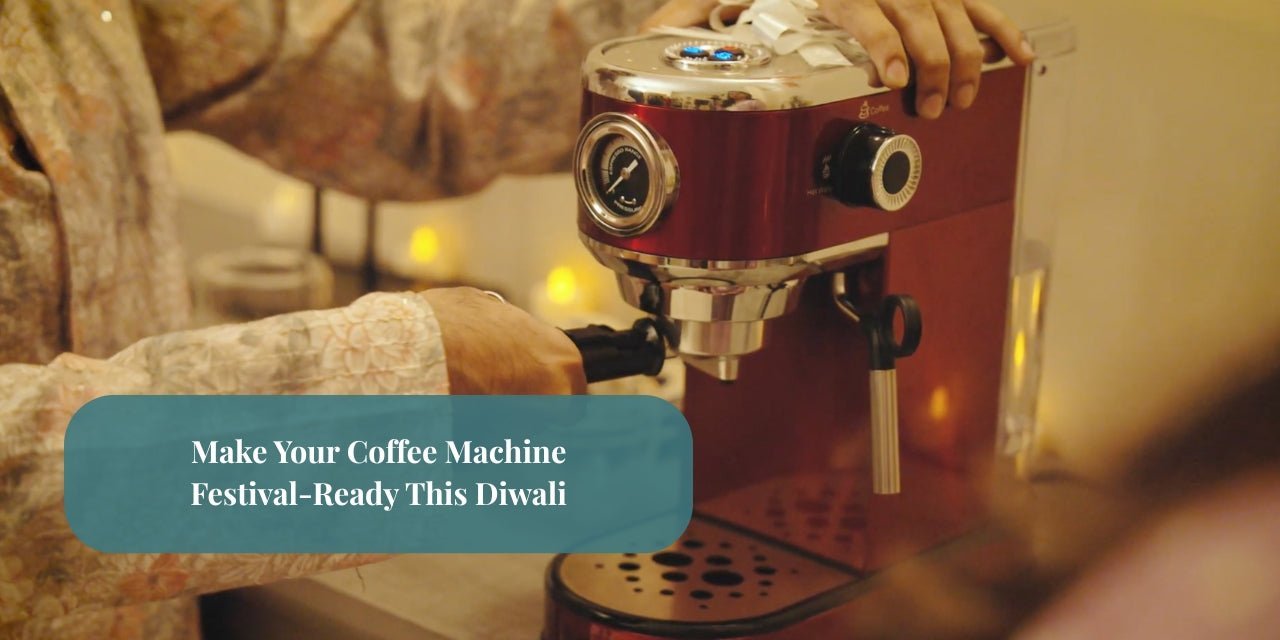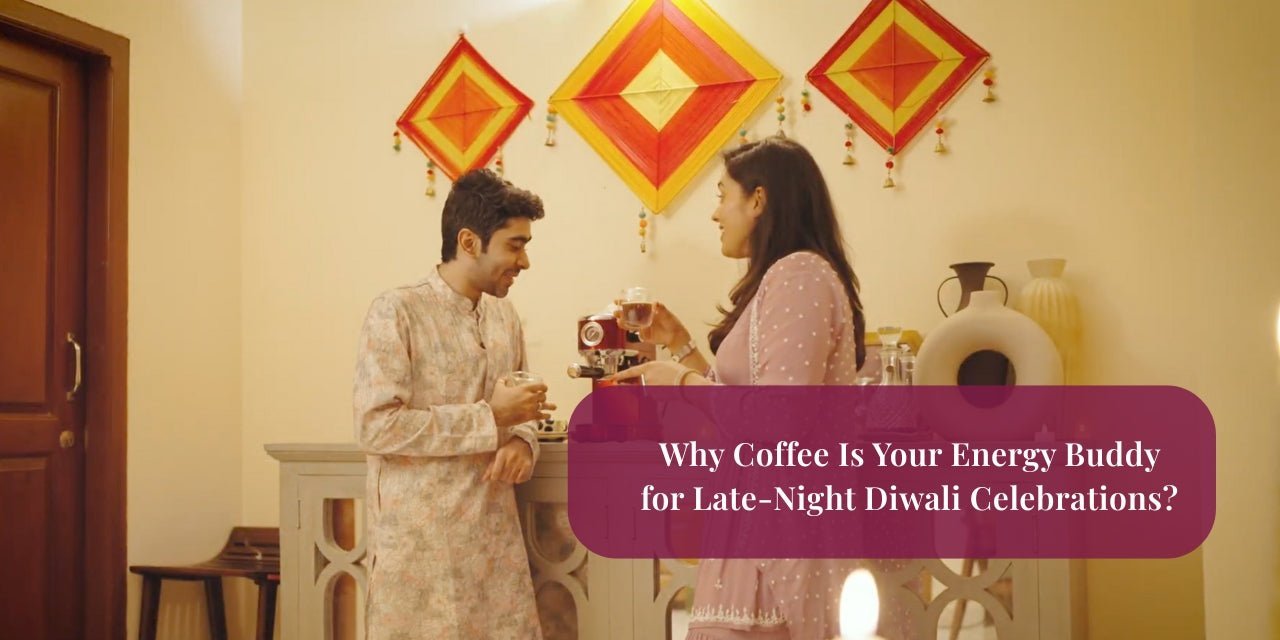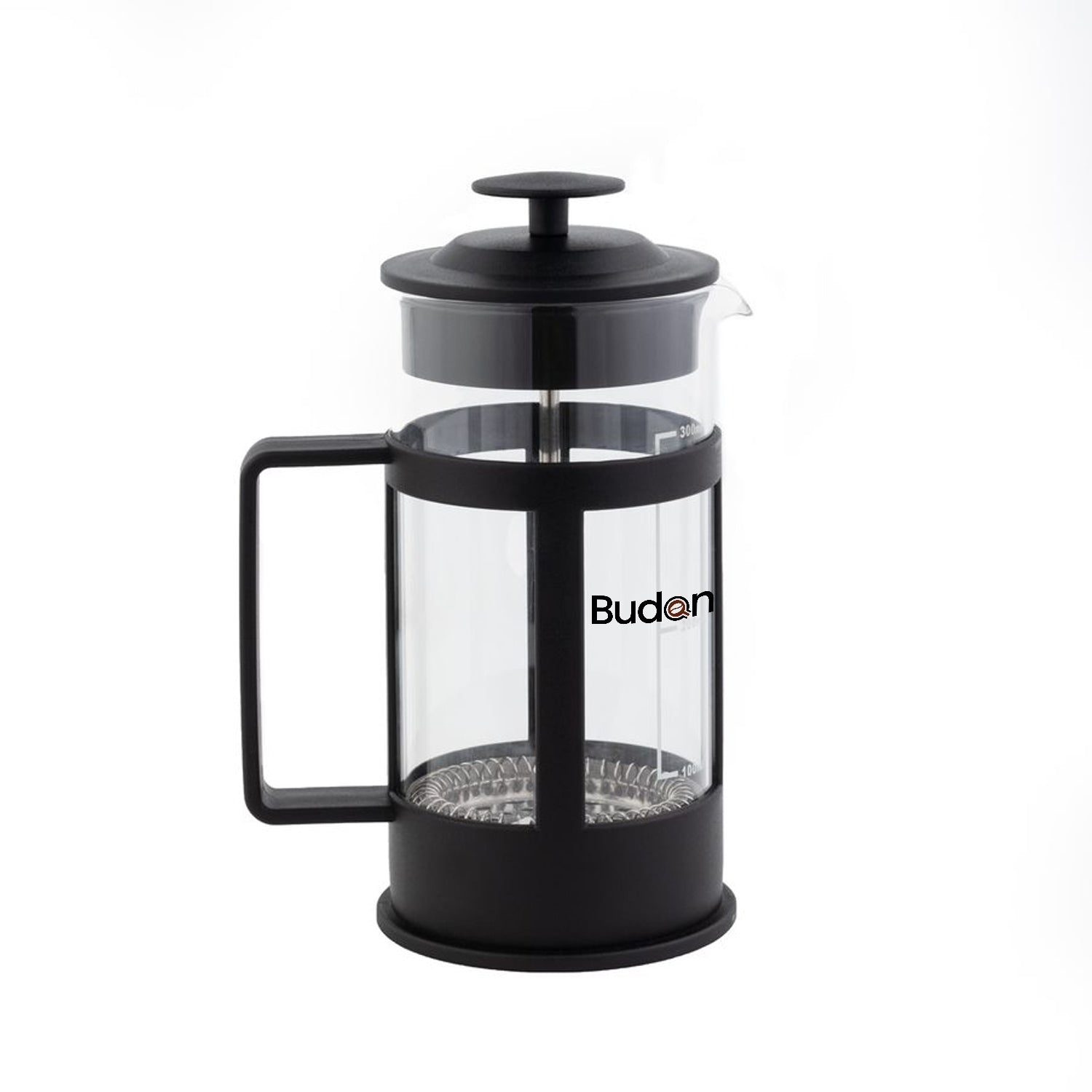High-quality coffee machines will definitely give you a good cuppa, but there is something so special about a homebrewed pour-over. Coffee-brewing has seen many revolutions across the decades - a crucial element of which is the pouring technique and equipment. Over the years, emphasis has been placed on pouring the right way, which will allow you to exert control over the quality and amount of coffee.
Roast and grind
Grind about 45 grams of coffee beans at a medium size. Ensure that you use proper coffee grinders during this step.
Heat and rinse
Heat some filtered water to 90°C - 96°C in a gooseneck kettle. You can recognise this vessel from its long, narrow spout. This is the best type of vessel to use for a pour-over coffee because it makes it easy to pour just the right amount of water at the ideal speed.
What is so special about a gooseneck kettle?
While you can make a great cup of coffee without one, a gooseneck kettle is guaranteed to give you the best brew every time. It reduces spillage and covers the coffee grounds equally, allowing even saturation. It also allows you to control the flow rate and accuracy of pouring water. Most kettles with a wide neck spill an excessive amount of water, flooding the filter and ruining the brewing process.
Once you have placed the filter in the carafe, separate the outer layer from the rest of the three layers. It will create a cone with the thicker side lying against the pour spout of the carafe. Make sure to rinse it with hot water to get rid of the paper taste before moving onto the next step.
Brew and pour
Add coffee grounds to the filter and gradually pour water over them. Pour approximately 90ml of water in a circular motion, beginning from the center following an anti-clockwise manner outward. Ensure that water is poured onto all the grounds, but do not let it touch the filter paper at the edge. The coffee grounds will slightly swell after interacting with this process, and it is known as blooming.
The circular motion will ensure the equal distribution of water and heat across all the coffee granules. It extracts an equal amount of flavour and oils from all the parts that give out a great result.
Let the beans bloom for 30 seconds, and then pour 530ml of water in the same manner. Ensure that you do not flood the filter paper at any point and that the brew time does not exceed 3:30 minutes. Allow the water to drip for a minute before removing the filter.
That is all you need to do to make a good coffee. Remember that the minute details here are the pouring method and the coffee kettle.


























